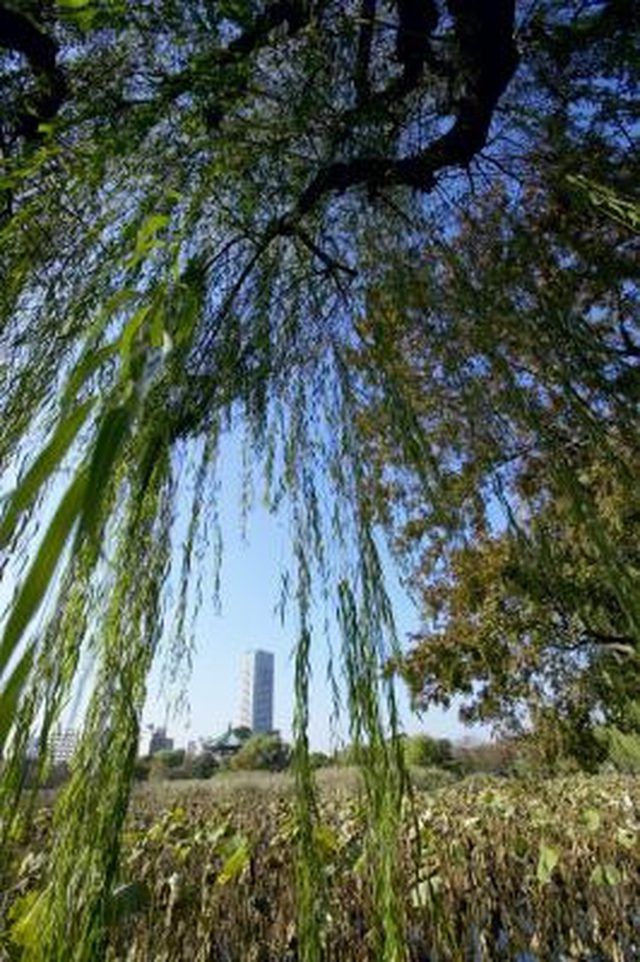Bulbs
Flower Basics
Flower Beds & Specialty Gardens
Flower Garden
Garden Furniture
Garden Gnomes
Garden Seeds
Garden Sheds
Garden Statues
Garden Tools & Supplies
Gardening Basics
Green & Organic
Groundcovers & Vines
Growing Annuals
Growing Basil
Growing Beans
Growing Berries
Growing Blueberries
Growing Cactus
Growing Corn
Growing Cotton
Growing Edibles
Growing Flowers
Growing Garlic
Growing Grapes
Growing Grass
Growing Herbs
Growing Jasmine
Growing Mint
Growing Mushrooms
Orchids
Growing Peanuts
Growing Perennials
Growing Plants
Growing Rosemary
Growing Roses
Growing Strawberries
Growing Sunflowers
Growing Thyme
Growing Tomatoes
Growing Tulips
Growing Vegetables
Herb Basics
Herb Garden
Indoor Growing
Landscaping Basics
Landscaping Patios
Landscaping Plants
Landscaping Shrubs
Landscaping Trees
Landscaping Walks & Pathways
Lawn Basics
Lawn Maintenance
Lawn Mowers
Lawn Ornaments
Lawn Planting
Lawn Tools
Outdoor Growing
Overall Landscape Planning
Pests, Weeds & Problems
Plant Basics
Rock Garden
Rose Garden
Shrubs
Soil
Specialty Gardens
Trees
Vegetable Garden
Yard Maintenance
Is the Weeping Willow Deciduous?
Is the Weeping Willow Deciduous?. The weeping willow tree (Salix alba "Tristis") is native to China and now grows in many of the United States. The tree often reaches a height of 35 to 70 feet.

The weeping willow tree (Salix alba "Tristis") is native to China and now grows in many of the United States. The tree often reaches a height of 35 to 70 feet.
Identification
Deciduous trees are those whose leaves fall or are shed seasonally or due to a certain stage of development. The weeping willow tree is among those who share that trait. "Weeping willows are deciduous, the thin, three- to six-inch-long leaves turning yellow before falling," says the University of Florida's Institute of Food and Agricultural Sciences.
Significance
The Eastern Forest Environmental Threat Assessment Center indicates that the deciduous nature of the weeping willow means that the dropping leaves present a crush of organic matter around the tree. The decomposing leaves damage water quality and oxygen in the autumn, directly stressing nearby aquatic-based plants and animals.
Effects
With long branches and leaves that often drape nearly to the ground, the tree is renowned for not only its unique aesthetic appeal, but also its decidedly cluttered after-effects. "It is a messy tree due to twig drop," notes the North Dakota State University Agriculture and Extension Departments.